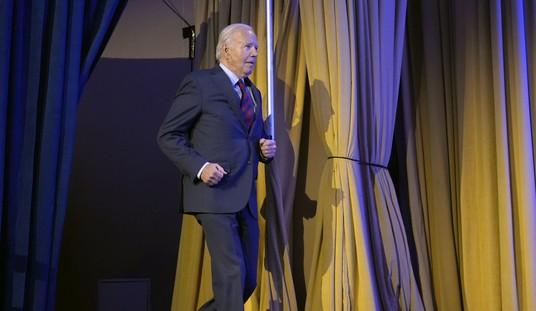It sounded like such a good idea.
Back in 2009, NRG Energy Inc. hatched a plan to “go green” using switchgrass and sorghum as boiler fuel supplement. It was hoped that it might replace up to 10% of the coal which fires its Big Cajun II power plant in New Roads, LA.
All the elements were in place: land near the plant (up to 30,000 acres of fertile Mississippi River floodplain — you can’t afford to transport biomass very far), plus the help of California-based Ceres Inc., a recently-IPO’d specialist in switchgrasses.
The project was to start up this year.
The effort failed when the crops yielded only a fraction of the expected biomass, a company spokesman said.
“We planted a warm-weather variant of switchgrass, a cold-weather variant of switchgrass and the sorghum. The result was we did not get a usable crop,” NRG spokesman David Knox said.
But switchgrass has been widely touted as an important part of our green future, both as a boiler fuel and as a feedstock for ethanol. Where could this plan go wrong?
Michael Blazier, an LSU AgCenter associate professor in Calhoun, said weeds can overrun switchgrass in the first year of a crop because there aren’t good herbicides available.
The other issue with switchgrass is that there’s a wider than desirable variation in the time that the seeds sprout, Blazier said.
Blazier said he does not know which switchgrass was used, but the yield estimates mentioned appeared to be on the high end of the production scale.
Knox said for biomass to be an effective fuel, NRG needed a crop of consistent quantity and quality. The plants had to produce a consistent amount of energy; they did not.
New technologies involve uncertainty; that’s why they’re new technologies.
It is natural for the proponents of a new technology to focus on its promise and to downplay or overlook its risks and shortcomings. This happens in the oil and gas industry all the time; scientists and engineers can develop a bias in favor of a pet project. Every manager or decision maker must acquire a mental filter to identify and neutralize this bias so that investment decisions can be based on reality and not wishful thinking.
In that sense, The New York Times’ recent look at shale gas is a parallel story. There is a key difference, though: shale gas currently accounts for 25% of America’s natural gas supply. The technology has been proved to work; the only real controversy is whether the technology is sustainable at current low natural gas prices.
The bottom line is this: there is nothing wrong with the pursuit of green technologies. We must be realistic and hard-nosed about which ones work and which ones send us back to the drawing board. Our policy makers seem to think that we can make the new technologies work by force of will and positive vibes, but the real world just doesn’t work that way.
Cross-posted at stevemaley.com.













Join the conversation as a VIP Member